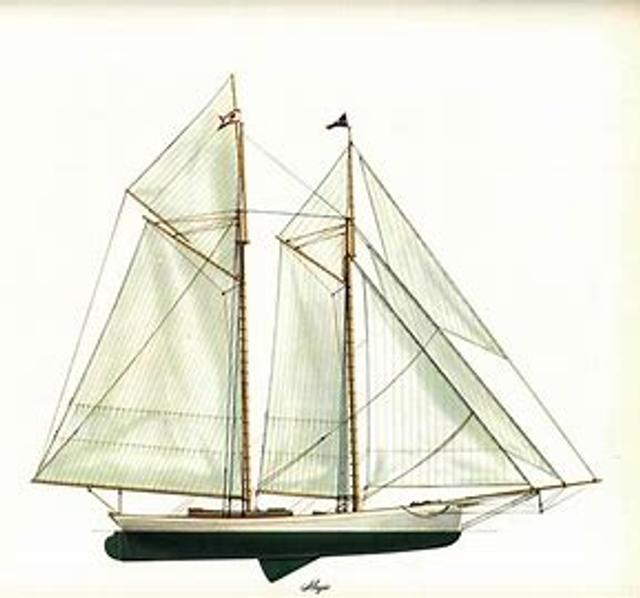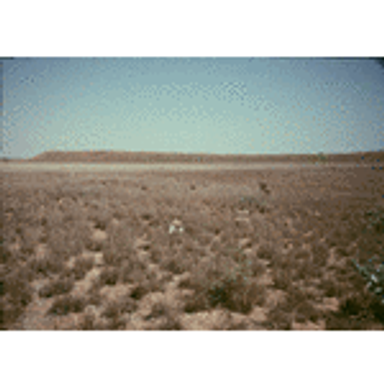Sea Spray
Vessel Name: Sea Spray
Master Letchftord
Four Europeans
Three First Nations Ngarla men
20 Malayan men
All souls lost; no remains recovered
3 February 1873

Schooner

Condon Creek and the ruins of Condon settlement
The Sea Spray was built by shipwright William Jackson in his Fremantle yard for John and Walter Bateman, ship owners and merchants of Fremantle. The Bateman brothers commissioned William Jackson to build many boats for their fleet, although the relationship was stormy at times. For example, on 6 January 1868 the Resident Magistrate noted William Jackson was a “notorious drunkard, who was sentenced by me on the complaint of his employer, Walter Bateman, to 14 days of imprisonment.” However, Walter Bateman requested Jackon's early release as they needed him to go back to work, and Jackson’s wife and children were at risk of being destitute without his income. Jackson was released from prison after two weeks and ordered to go back to work.
Sea Spray was the first boat built in 1862, and her official number was 36546. She was the biggest of her kind when she was built. She was a two-masted schooner built for the pearl industry and coastal trade work. She was 50.7 feet long [15.45 metres], 15.1 feet wide [4.6 metre] and drew 7.1 feet [2.16 metres].
From 1864 Robert Shea operated Sea Spray as a pearl boat, but she had a dark sideline as well. Shea was a blackbirder, and he used Sea Spray to take Aboriginal people and hold them prisoner, selling them to other pearlers for diving work. In 1872 Shea and Sea Spray’s mate Samuel Miller were murdered by some Aboriginals who had absconded from the boat. [See the Robert Shea and Samuel Miller story].
After a decade of illegal activity by the Shea brothers, Sea Spray had a new master Letchftord. The younger brother of the previous mate Miller was aboard as a crew member.
Her final voyage was made from Port Walcott to Condon with a turnaround back to Port Walcott. A passenger who boarded the boat at the Flying Foam Passage and disembarked at Condon said the pumps were not working, and the crew were using a bucket to bail out the bilge. The boat was leaky and taking on water.
Mr McKenzie Grant, a landowner and settler of the DeGrey was about to take passage on Sea Spray. He was delayed by a unfinished business matter and the vessel sailed without him. It was a narrow escape.
On 12 April 1873, two days into the voyage back to Port Walcott a heavy storm blew from the northeast. Sea Spray was last seen beating westward of Port Hedland against a strong headwind. She was flying light, carrying only 40 sheep on deck and two dinghies. The only cargo below decks was 15 hogsheads of fresh water. There were five Europeans, 14 Malays and three Aboriginal men on board.
On entering Condon Creek Sea Spray struck on a bank and sank. She took all souls aboard down with her.
The Cygnet was tasked with searching for Sea Spray on her return from the 1872/73 season, which was the end of April. All that was found were five water casks, some full, bearing the initials “S.S.” and some bottle of pickles. These were near Port Hedland. There was no sign of the Sea Spray or anyone who was aboard her.
The registry for Sea Spray was closed on 10 September 1873.
